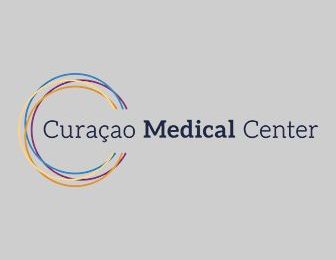Overview
General
Any medication use must be reported in advance. You should stop taking Aspirin or other painkillers containing acetylsalicylic acid 1 week before treatment as well as in consultation with your treating doctor or the Thrombosis Service with blood thinning medications such as Marcoumar, Sintromitis or Clopidogrel. The day after the procedure you can resume the medication. If you are under treatment elsewhere or are allergic to a certain substance or medicine, you must also report this.

The day of the procedure
On the day of the procedure you may eat and possibly take your medication. That day you should not place makeup on your eyes or apply face lotion.
The procedure
Before the treatment, the skin around the eyes is cleaned and there will be preoperatively drawn on your eyes. With local anesthesia via a number of injections, the upper and / or lower eyelid is anesthetized. The treatment takes about 30 minutes for the upper eyelids and about 1 hour for the lower eyelids. The blood vessels are burned shut during the procedure to prevent bleeding. The wounds are closed with a subcutaneous suture, which is removed after about 1 week. The ends of the sutures are covered with small patches. These should also remain in place for a week. So DO NOT cut off or remove !!
Advice after an eyelid correction
- If there is a little blood loss, lie down and press the wound for 10 minutes with a gauze or washcloth. After 10 minutes, the bleeding should have stopped.
- As soon as the anaesthetic has worn off, the treated areas can still be a bit painful. It is advisable to take one or two tablets of Paracetamol in time (e.g. before bedtime), but not Aspirin, because this gives blood thinning.
- With a lower eyelid correction, an ointment may be prescribed to prevent infections, to promote wound healing and because it has a soothing effect. Gently apply this cream to the edge of the lower eyelid so that the cream mixes with the eye fluid. Repeat this action 2 times a day.
- For the first 3 days during the day, use ice glasses (cold pack) or ice /cold peas in a plastic bag every hour for about 10 minutes to cool and thereby prevent as much swelling and blue eyes as possible. Never place it directly on the skin and wounds, but protect them by placing a gauze or a thin cloth under the cold glasses or bag.
- It is advisable not to use alcohol for 24 hours after treatment, as this can also have a blood-thinning effect.
- If your eyelashes are stuck together, you can gently clean them with water and a cotton swab or possibly with soft vaseline.
- Leave the patches in place until you come to the outpatient clinic for checking and removing the sutures. You will receive an appointment for that.
- From the day after the procedure you can shower. Try to keep the eyelids as dry as possible. If the eyelids have become slightly wet, carefully dry them with a towel.
- The first week you should avoid strenuous work, bending and lifting. After 7 days you are allowed to perform light housework and administrative work. Heavy work, swimming, sauna and intensive sports are not recommended for the first 2 weeks.
- You may suffer from the brightness of the light, especially the sunlight, in the first weeks after the procedure. To do this, use sunglasses. Also, the sensation at the eyelashes may be reduced and feel numb. The eyelids may also feel tighter, especially when lifting the eyebrows. These sensations will disappear during the healing process of about 4 to 6 months.
- You will get 2 check-ups; after one week to remove the stitches and check the scars. The second check-up is after 6 to 8 weeks to see how the recovery is progressing.
- It is important that the final result is only achieved after 6 months.


Justification text
This text is intended to complement the conversation with your doctor. The general information cannot always do justice to each individual situation. If you have any questions after reading this information, the plastic surgeon will be happy to discuss them with you during the consultation hour. It can be useful to put your questions on paper in advance.

